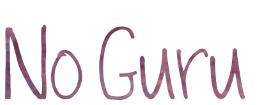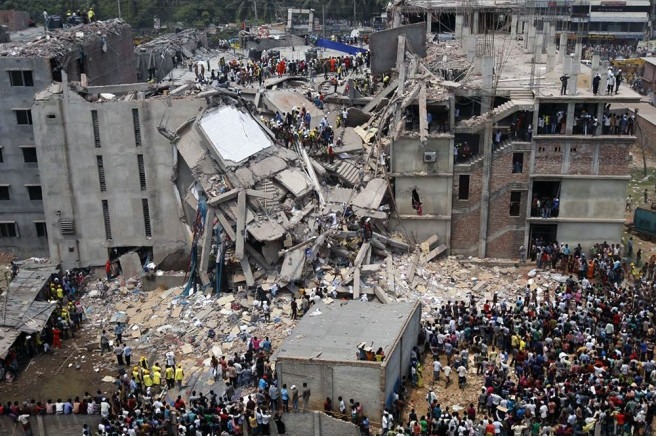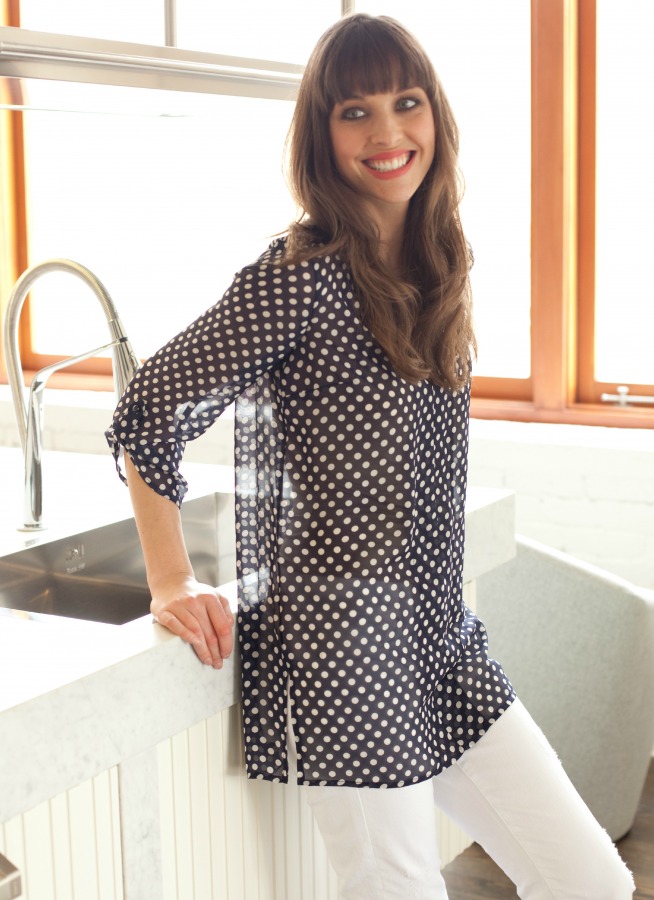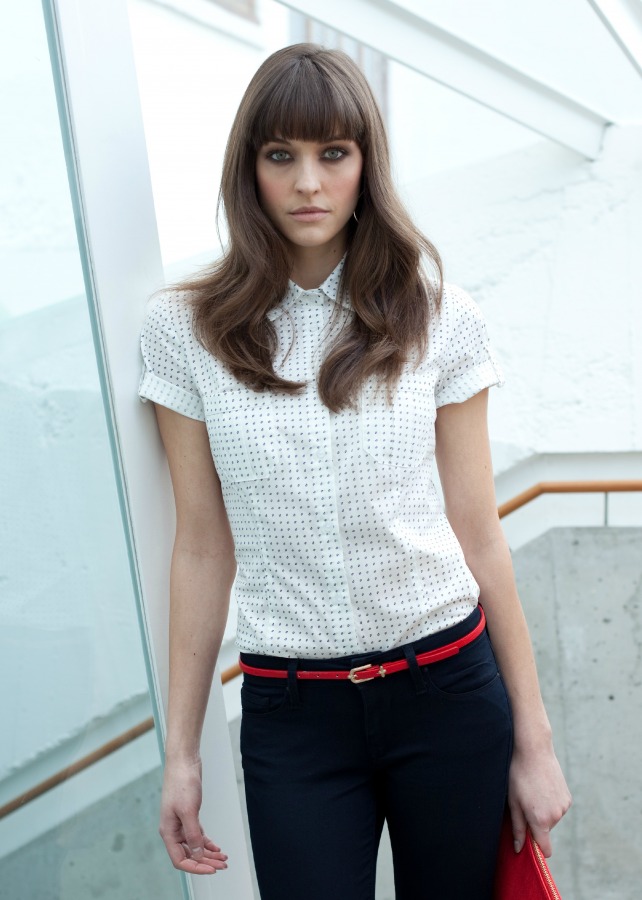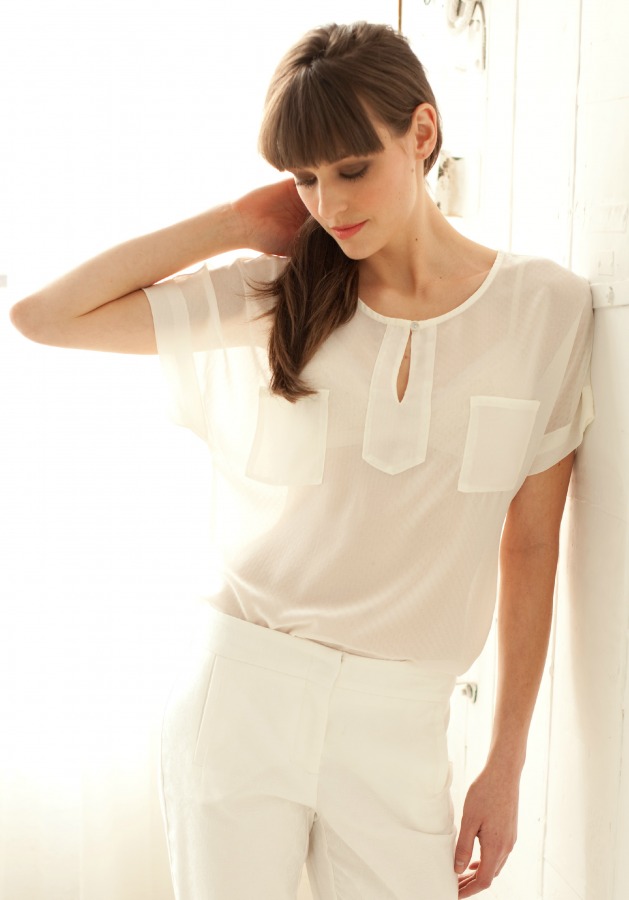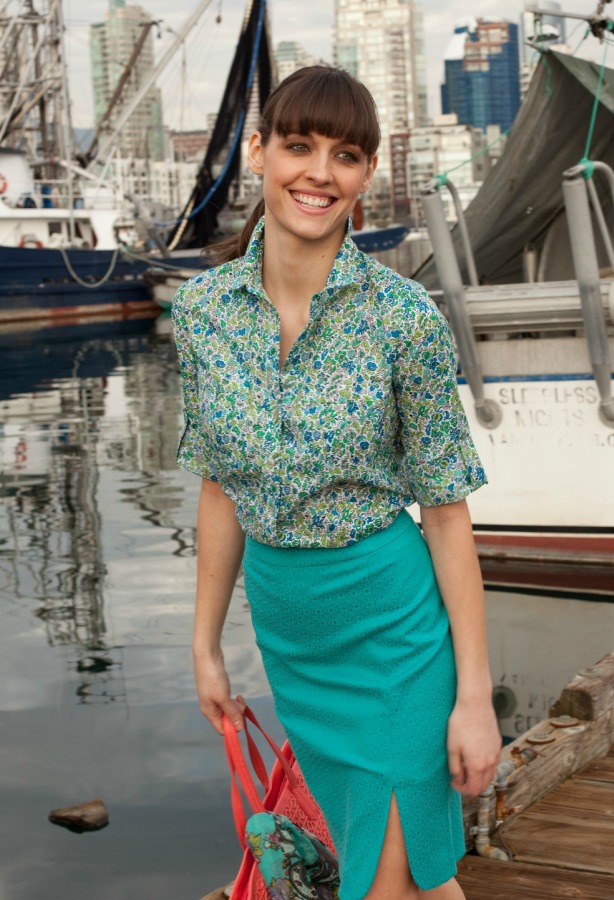With the current trend towards throw away clothing being offered by the 'fast fashion' industry it has become apparent that customers should be questioning where and how their clothing is made. Plum is also concerned because we have seen this trend growing every year for the past fifteen years. It is wasteful and the business model seems to be inclined to abuse desperate workers unseen in countries far away from Canada.
Plum has chosen three jean brands that we think offer the best and most sustainable options for our customers as well as being the most comfortable and fashionable styles available.
Yoga Jeans are made in Quebec where employees get the benefit of fair labour standards, health coverage and disability and retirement benefits. We love this product because it is definitely NOT a throw away item and as a cost per wear option it is much cheaper than any Fast Fashion alternative. Plus they are amazingly comfortable. Customers are thrilled with this product.
MAVI jeans are made in Turkey which is an associate member of the European Union. The company adheres to explicit and strict environmental standards. Mavi is improving its technology every year and cleans all water used in processing and dying. MAVI is a member of the Fair Labour Association (FLA) which inspects working conditions frequently and keeps the workplace to a very high health and safety standard in Turkey.
dish is a Canadian company with a factory in Pakistan. This denim option is for the truly active individual who wants a 'performance' textile with exceptional style.
Read the words of company founder Gary Lenett from an article by Amanda Ross in the September issue of Vancouver Magazine.
